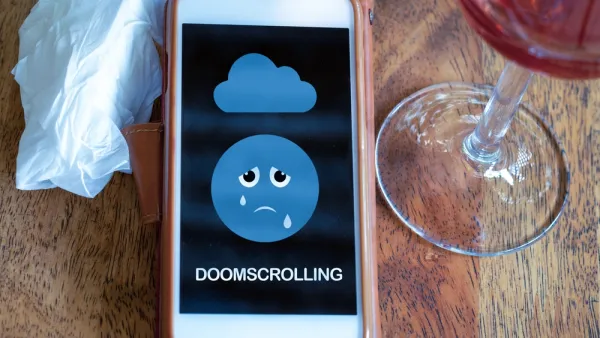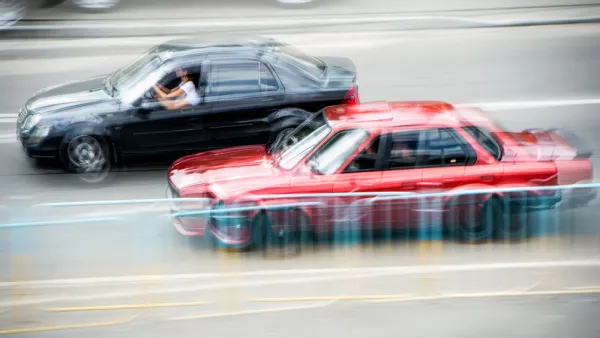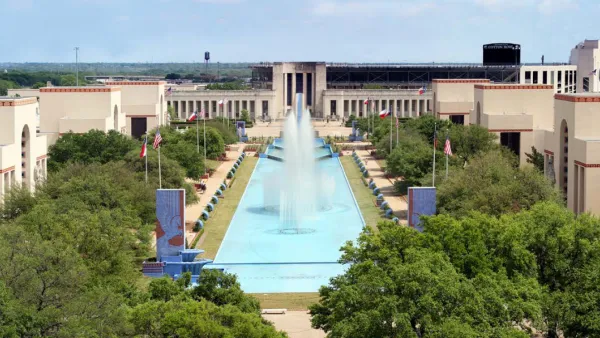Exclusives

BLOG POST
How Abandoned Properties Can Be Used for Redevelopment
Abandoned properties can be a burden on a community, bringing everything from negative curb appeal to an increase in crime. Using these properties for positive community development can kill two birds with one stone.

BLOG POST
The Business Case for Multimodal Transportation Planning
Travel demands are changing and so should planning. There are good reasons for communities to spend less on automobile facilities and more on walking, bicycling, and public transit. Let’s examine why.

PLANOPEDIA
What Is a Land Bank?
Land banks are public or private organizations that purchase, hold, redevelop, or otherwise manage foreclosed or abandoned properties with the goal of achieving community objectives such as affordable housing construction or public park space.

BLOG POST
Did the Supreme Court Gut Federal Power?
The Supreme Court limited the EPA's power to regulate greenhouse gas emissions from power plants. Some commentators believe that this decision will virtually eliminate EPA power—but the decision is too ambiguous to support such a clear conclusion.

PLANOPEDIA
What Is a YIMBY?
YIMBY, an acronym standing for "Yes In My Backyard," describes advocates who support housing development as a response to the outcomes of restrictive zoning and planning policies.

BLOG POST
How We Talk About Homelessness: Why Language Matters
Terminology referring to people living without permanent housing changes frequently. Today, the term 'unhoused' is gaining ground among advocates. Why, and why does it matter?

FEATURE
Four ‘Low-Hanging Fruit’ Zoning Reforms
An excerpt from the latest book on zoning argues for four approaches to reform that can immediately improve land use regulation in the United States.

PLANOPEDIA
What Is Tactical Urbanism?
Tactical urbanism, one of the most common buzzwords in planning over the past decade, describes a variety of low-cost, incremental public realm design interventions.

PLANOPEDIA
What Is an Overlay District?
A zoning overlay district superimposes an additional set of regulations over an existing zoning district, or multiple zoning districts.

FEATURE
Twitter for Planners in 2022
Twitter is changing, not in the way Elon Musk wants it to, but it’s still perhaps the most useful social media platform for planners looking for education and engagement.

BLOG POST
Funding Urban Climate Justice
The Portland Clean Energy Community Benefits Fund stands out as an example of local grassroots climate action—in this case, the kind of action that makes other climate projects and programs possible.

FEATURE
Let’s End Traffic Stops
The technology to make traffic enforcement obsolete is becoming available. But in the U.S. willing to use it?

BLOG POST
New Park Coming to Historic Dallas Fairgrounds
A 20-year plan to revitalize a historic Dallas fairground will bring much-needed new green space and multi-use venues to Fair Park.

PLANOPEDIA
What Is Incremental Planning?
The concept of incrementalism can be applied to numerous fields and disciplines—one of which is planning. In the field of planning, the word incremental is usually used as an adjective to describe other planning words, such as code reform and development.

BLOG POST
The Pandemic Population Picture Comes Into Focus
Big U.S. cities lost population as the pandemic loitered into its second year. Suburban cities in Idaho, Arizona, Texas, and Florida grew the fastest during that time.

PLANOPEDIA
What Is a Planning Commission?
Planning commissions fill an influential advisory role in planning processes, maintaining citizen oversight of government planning powers and also providing a public forum for debate about the future of communities.

FEATURE
‘Togetherness’ as a Synonym for ‘Transportation’
Transportation is a fundamental aspect of community cohesion, and should be considered a synonym for togetherness.

FEATURE
The California High-Speed Rail Project Illustrates America’s Transit Issues
Slow progress and a bloated budget have plagued the High-Speed Rail project linking San Francisco to Los Angeles, exposing deeper issues with American transit projects.

BLOG POST
Density and Driving: A Second Look
A common argument against more compact housing is that increased population density will only reduce vehicle miles traveled at moderate levels of density, as opposed to very low-density and very high-density areas. But this might not be so.
Pagination
EMC Planning Group, Inc.
Planetizen
Planetizen
Mpact (formerly Rail~Volution)
Great Falls Development Authority, Inc.
HUDs Office of Policy Development and Research
NYU Wagner Graduate School of Public Service
Urban Design for Planners 1: Software Tools
This six-course series explores essential urban design concepts using open source software and equips planners with the tools they need to participate fully in the urban design process.
Planning for Universal Design
Learn the tools for implementing Universal Design in planning regulations.



































